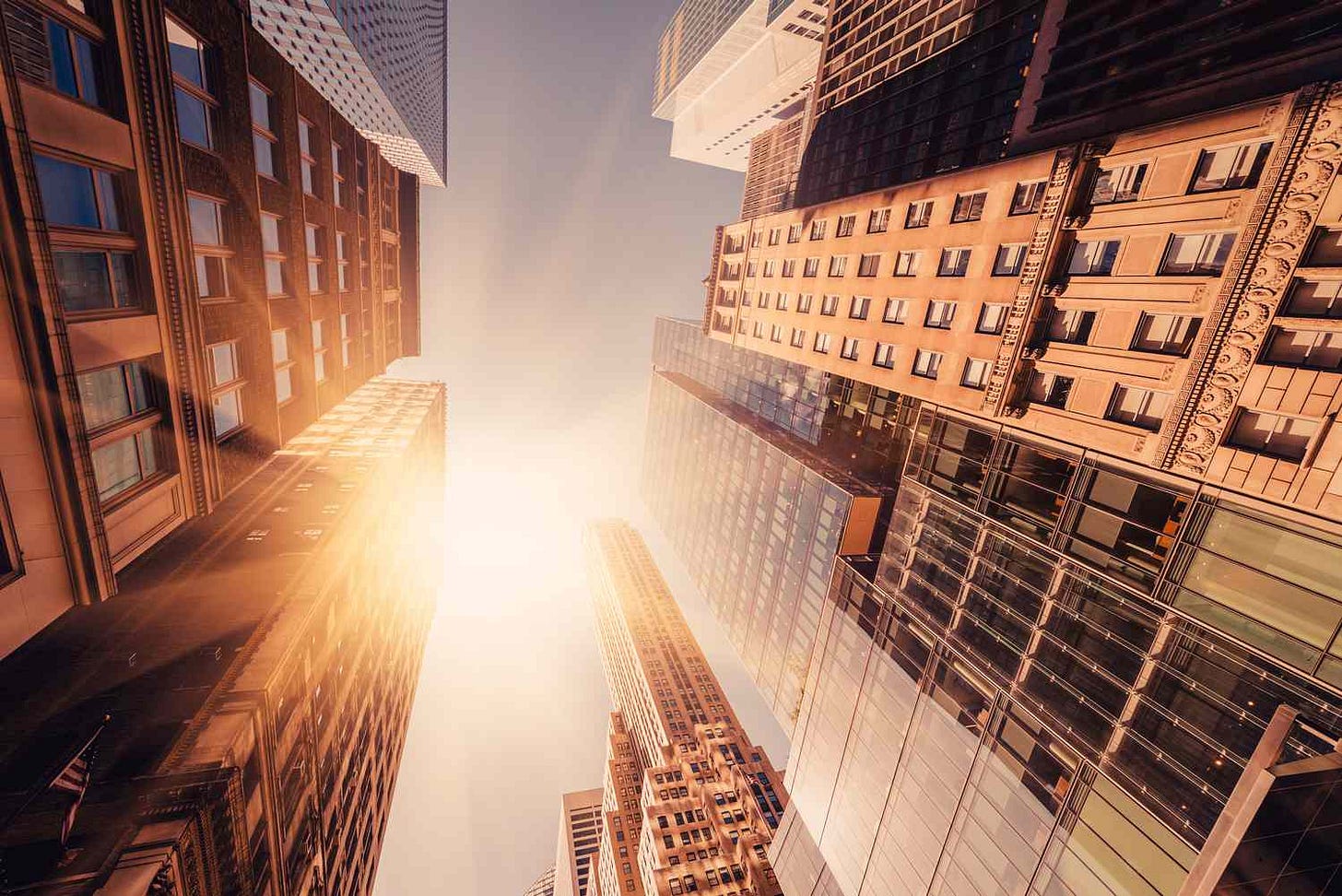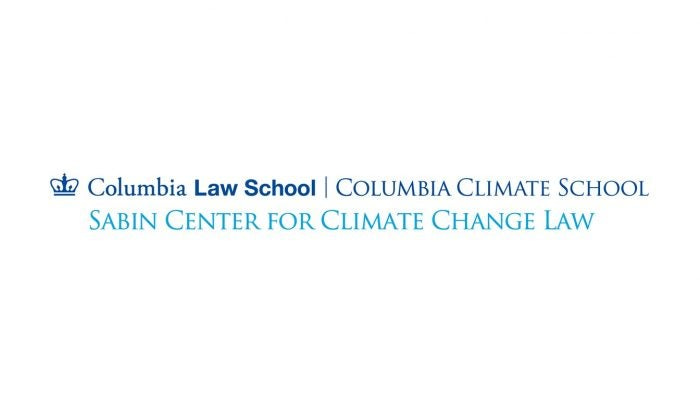a Sabin Center feature
Every summer now feels like Groundhog Day. More heat records broken. Soon, we’ll have more school days canceled (take Philadelphia for example where nearly 30 percent of city schools recently shut down due to lack of cooling systems). We already have more heat-related deaths (in fact, according to a study, it’s very likely we’ve been undercounting them). And every summer, most cities use the same tools to try to help their residents stand (but not really beat) the heat. Smartphones are filled with “Code Red” texts and heat advisories from public officials who offer nothing more than cooling centers, hydration stations, water misters, and fans. But these short-term strategies fail to reach the root causes of record-breaking heat in cities. Worsening summer heat is a systematic threat requiring, instead, a more systematic solution that proactively cools cities down rather than just responding to higher temperatures.
The brutal reality of city heat today is that our neighborhood heat threats are extremely unequal. City underinvestment in trees, green spaces, and other essential and sustainable infrastructure is too often the norm in lower income and traditionally vulnerable Black and Brown communities. As a result, those areas are often 10°F or more hotter than higher income, predominantly White neighborhoods. Hence, heat inequity intensifies, reflecting the miserable racist past and present of unjust redlining decisions. Rev. Jon Robinson, Smart Surfaces Senior Program Director at Metropolitan A.M.E. church, a historic Black church based in Washington, D.C., calls this condition “ecological apartheid.”
In places like Baltimore, the difference between the wealthiest neighborhood and the lowest income one is stark: tree cover of 40 percent or more versus single digits—and a difference in summer afternoon peak temperature of up to 14 degrees. In response, the Baltimore city council recently worked with the Smart Surfaces Coalition and key partners such as the American Public Health Association and the National League of Cities to adopt a series of citywide Smart Surface bills. The most recent bill requires all new and retrofitted low-sloped roofs to quadruple reflectivity. When fully implemented, this single measure will cool the city by about 1.4°F—with the largest cooling in the hottest neighborhoods. Combined with other measures the city is taking on trees and urban meadows, the cooling benefits will be even greater.




